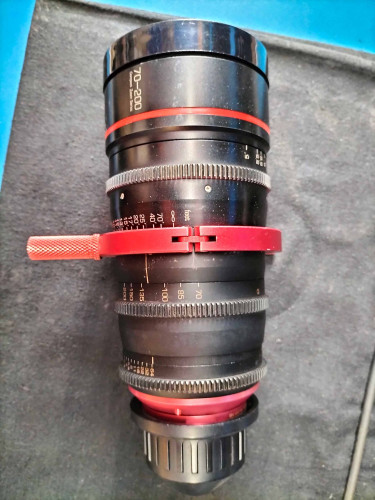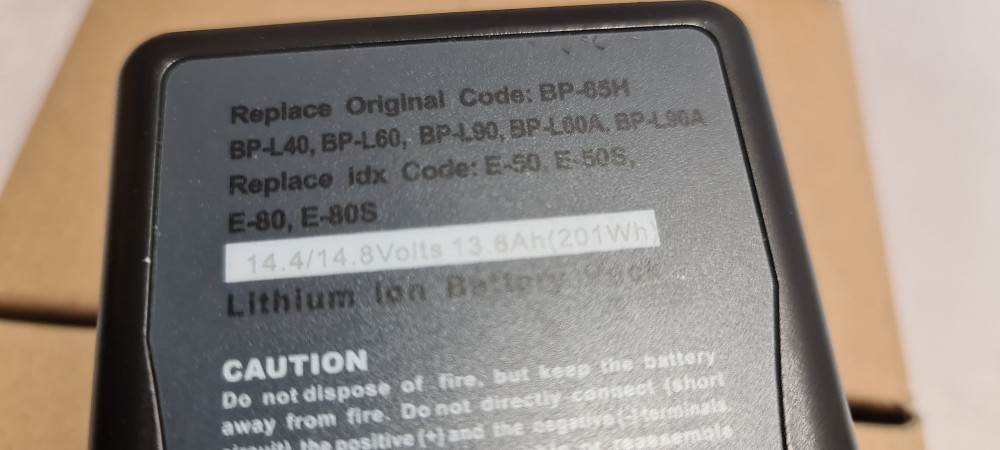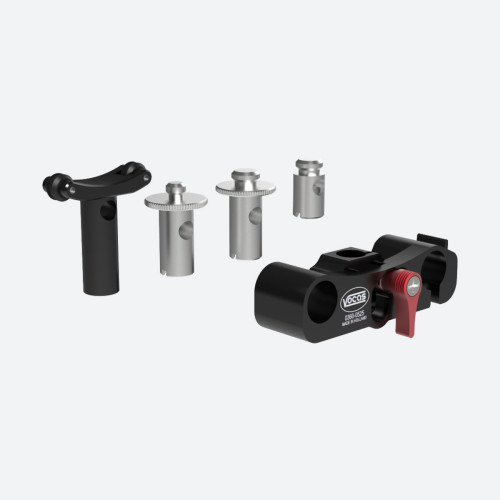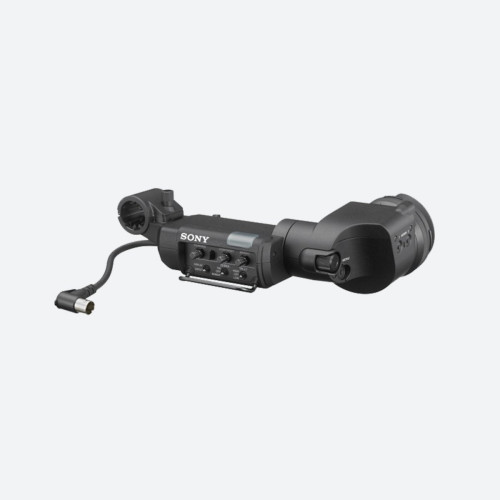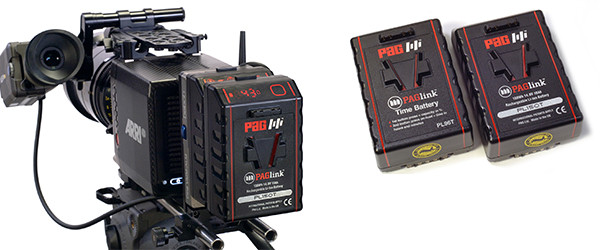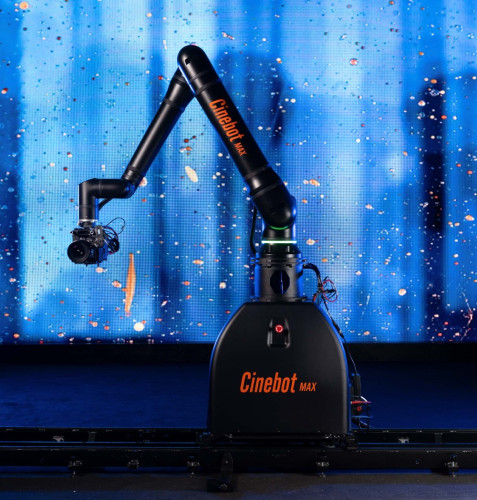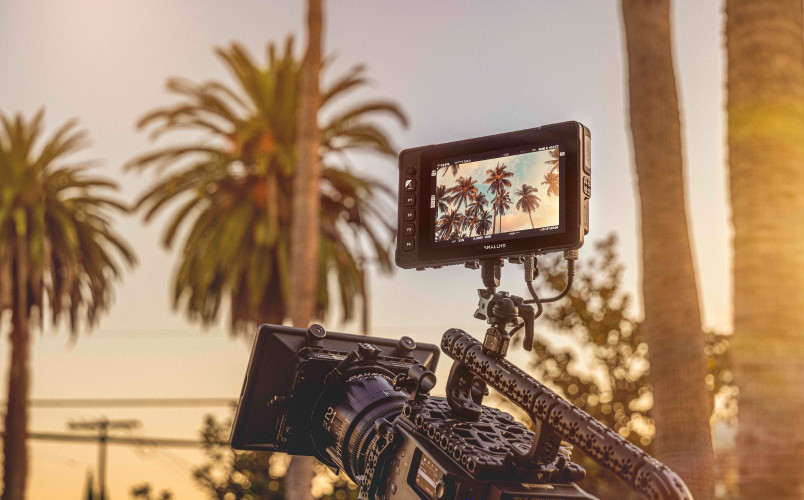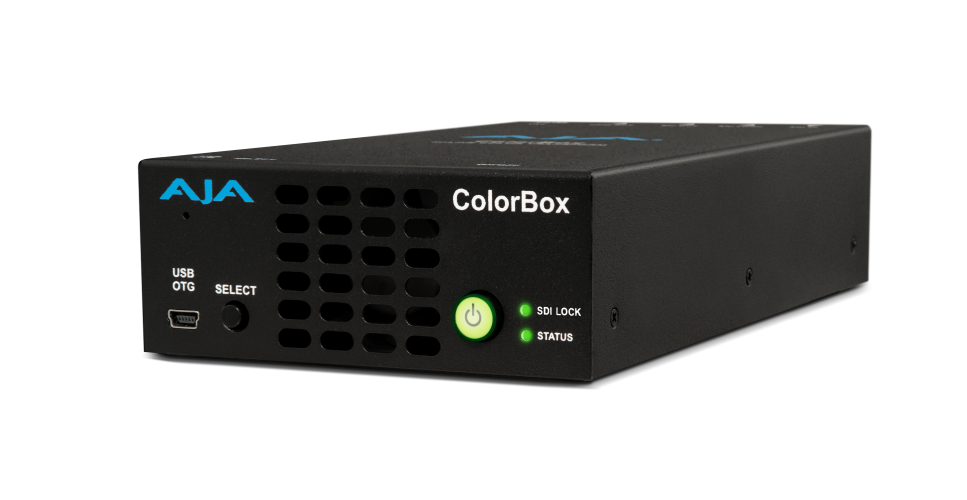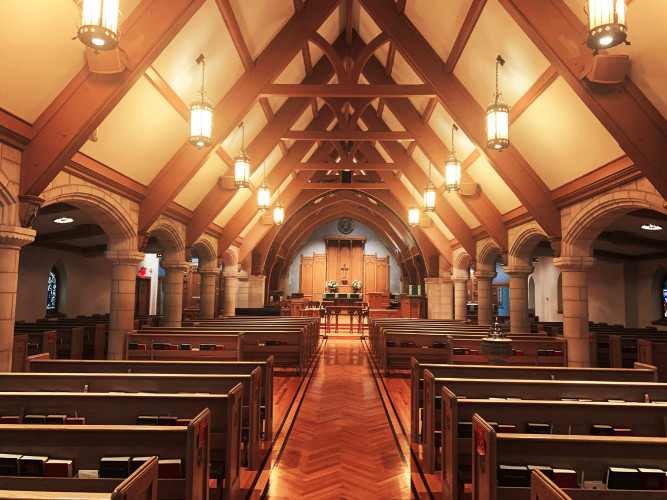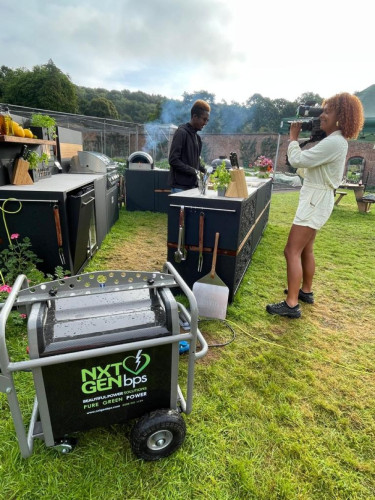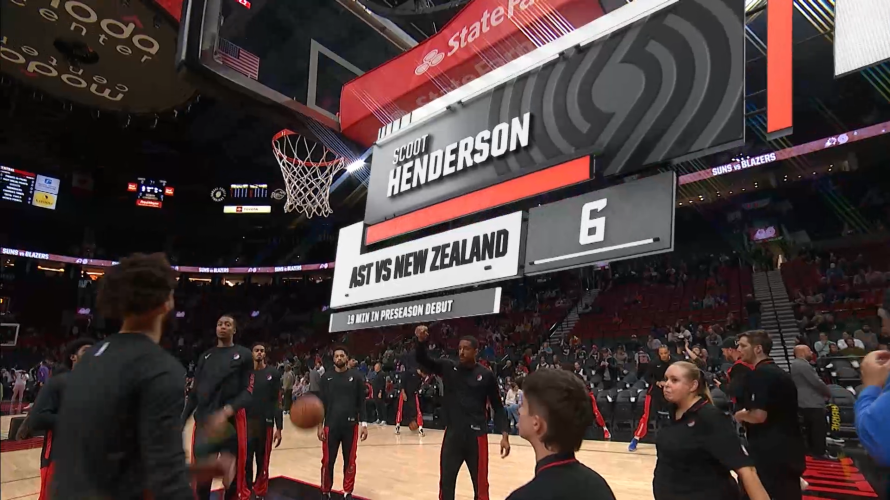by Julian Hiorns Issue 86 - February 2014 Camera and monitor batteries - what\'s not to like? They\'re portable, rechargeable and easy to use. Well, actually, there are some drawbacks. Batteries can be heavy, expensive to replace and difficult and costly to travel with, as airline passengers know all too well. This last issue has become particularly significant since the advent of lithium batteries. Batteries also have a limited lifespan and become less efficient over time, even with the best of care. For serious operations, you have to carry a back-up unit, and this can mean extra cost and weight.
Of course, when you\'re roving in iso-cam mode or working wirelessly, batteries are the only option, but for operations with OB trucks, stage shows, sports arenas, studio recordings and the like, a battery can be an awkward encumbrance, especially if you have to carry a heavy duty type for extended running time. As time goes by, batteries are becoming smaller and lighter, but they are still expensive and high-maintenance, and the transport limitations will be with us for a long time to come. The traditional alternative to batteries has been to run power cables directly to the camera or monitor. For most equipment, this has obvious disadvantages, not the least of which is power loss over distance. For example, if you want to run dc power to a camera over a distance of 100m (350ft), you need to use heavy-duty cable to ensure that the voltage drop doesn\'t become significant. This adds to the "drag\" on a camera and makes operation less mobile. The same limitations apply to the powering of monitors. An alternative in this case is to run mains to the monitor and use a local power supply, but this can have safety and installation implications. Monitors (and some pov cameras) may be mounted on gantries or other metal frames, and these have to be grounded to ensure safe operation. Cabling can be cheaper than batteries, but it\'s a less than satisfactory solution.
Is there an alternative? Now, for all copper cable operations, there is. The concept of POC (Power Over Coax) has been around for a long time and is widely used in the security industry. It\'s simple enough in principle - the coaxial cable used to transport the video signal is also used to carry dc power to the camera or monitor. Traditionally, POC has been used for fixed installations (such as in shops and stores) and so has not been designed for the demanding type of mobile operations found in broadcast applications (especially in live events). BHV Broadcast has designed a product known as Video Ghost, which is a broadcast industry version of POC. Video Ghost is a compact and cost-effective portable system for use with cameras, monitors and similar equipment. It allows the user to run dc power and serial digital video (SD / HD / 3G) over the same coaxial cable. With a good quality cable, operating distances of 150m (500ft) can be achieved, depending on the video format. The video path can run in either direction, so Video Ghost can be used to carry power and video to a monitor or to carry power and video from a camera.
The system consists of a power transmitter and a power receiver. When the two are linked with a coaxial cable, the transmitter detects the presence of the receiver and starts sending power over the cable. At the same time, the active video link is established. If at any moment, the link between the two units is broken, the transmitter shuts down, and will only restart when the link is restored. The linking process is automatic, so Video Ghost is a true "fit and forget\" system. In other words, the camera and its power receiver can be installed in difficult locations. Should the link be interrupted for any reason (such as in the event of a cable being disconnected)), power will be supplied to the camera once again as soon as the connection is re-established.
Video Ghost has been designed with safety in mind, so there is a multi-layer system of cable interlocks in place. In the event that the user should make an error in the connection, there is no risk to any of the associated equipment. It runs from any standard dc power supply (including batteries!) in the range 10V to 19V, and can deliver 65W at 150m over any good quality coaxial cable.
The eye-catching red transmitter and the blue receiver are intended to make the set-up process as easy as possible by avoiding any confusion between the two boxes. The receiver can also be fitted with a battery plate, so can be clipped directly on to the camera back.
In short, Video Ghost is the video equivalent of phantom power for audio.
How to work without batteries

Author: Julian Hiorns
Published 1st March 2014



